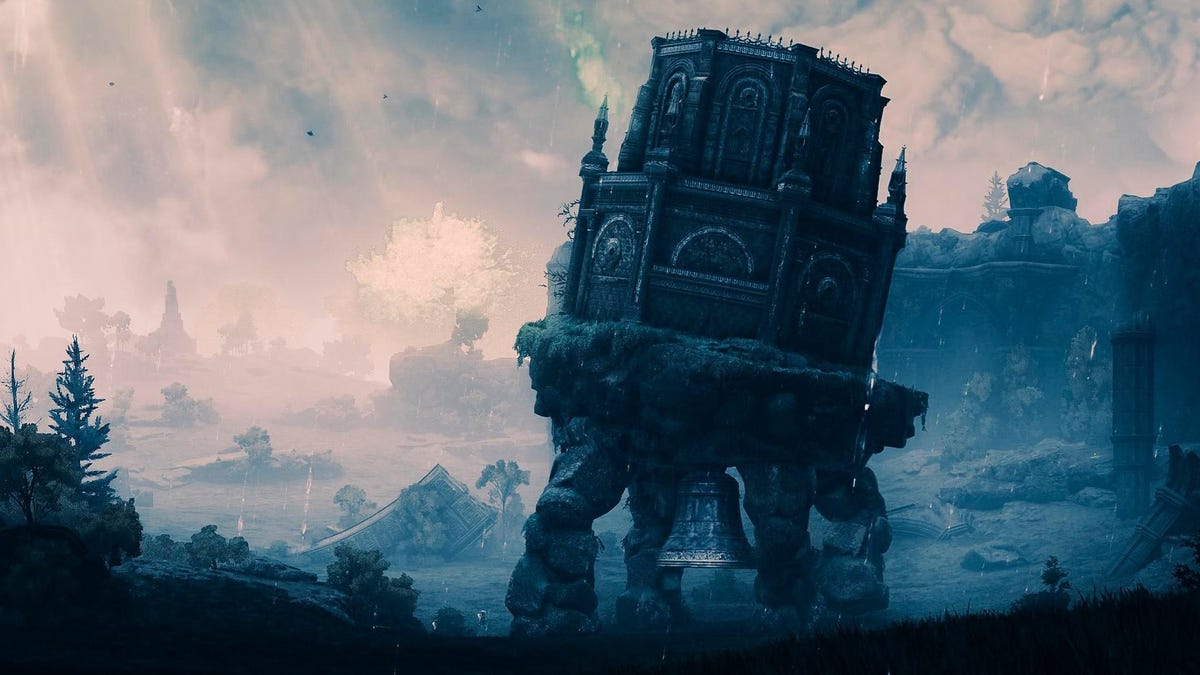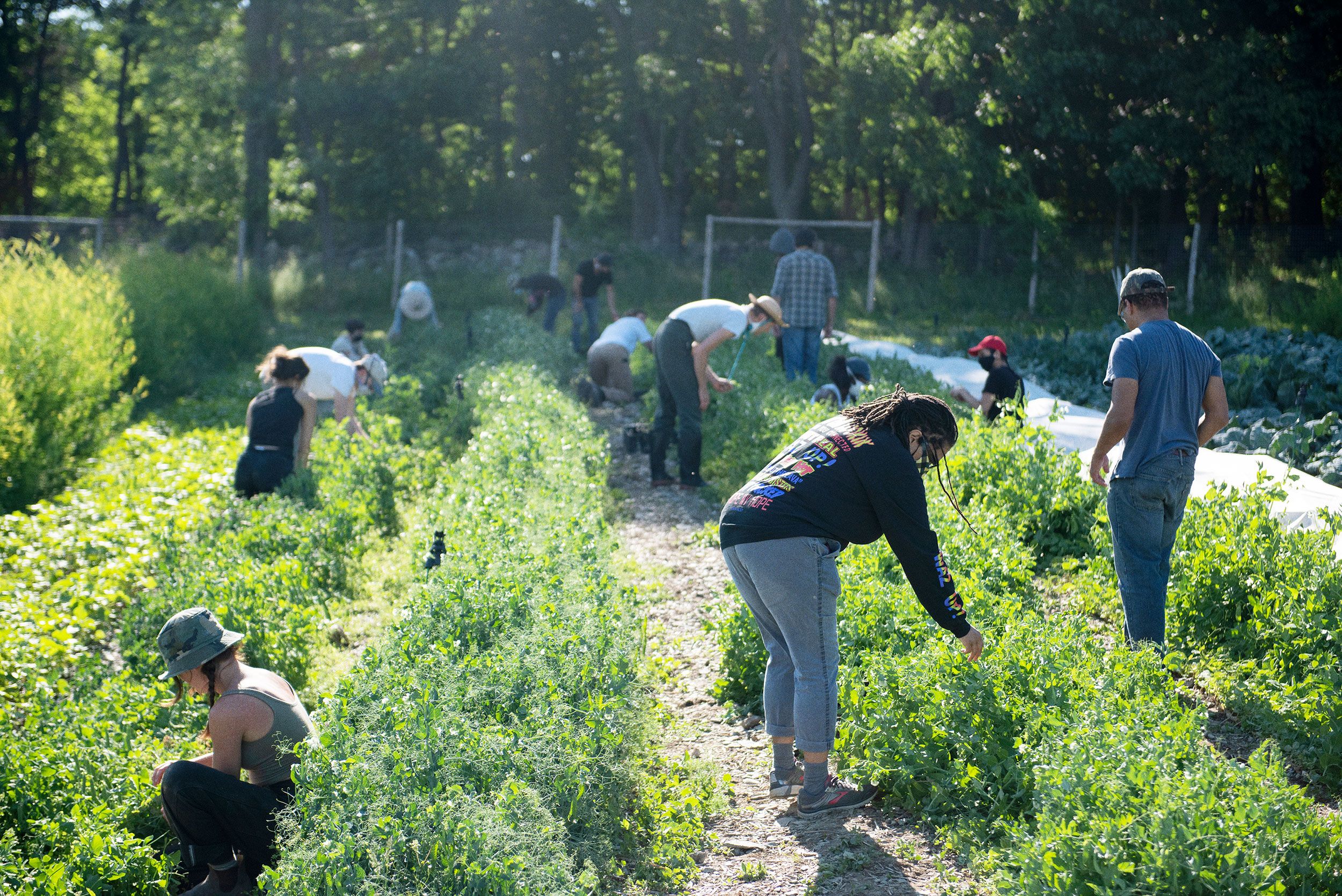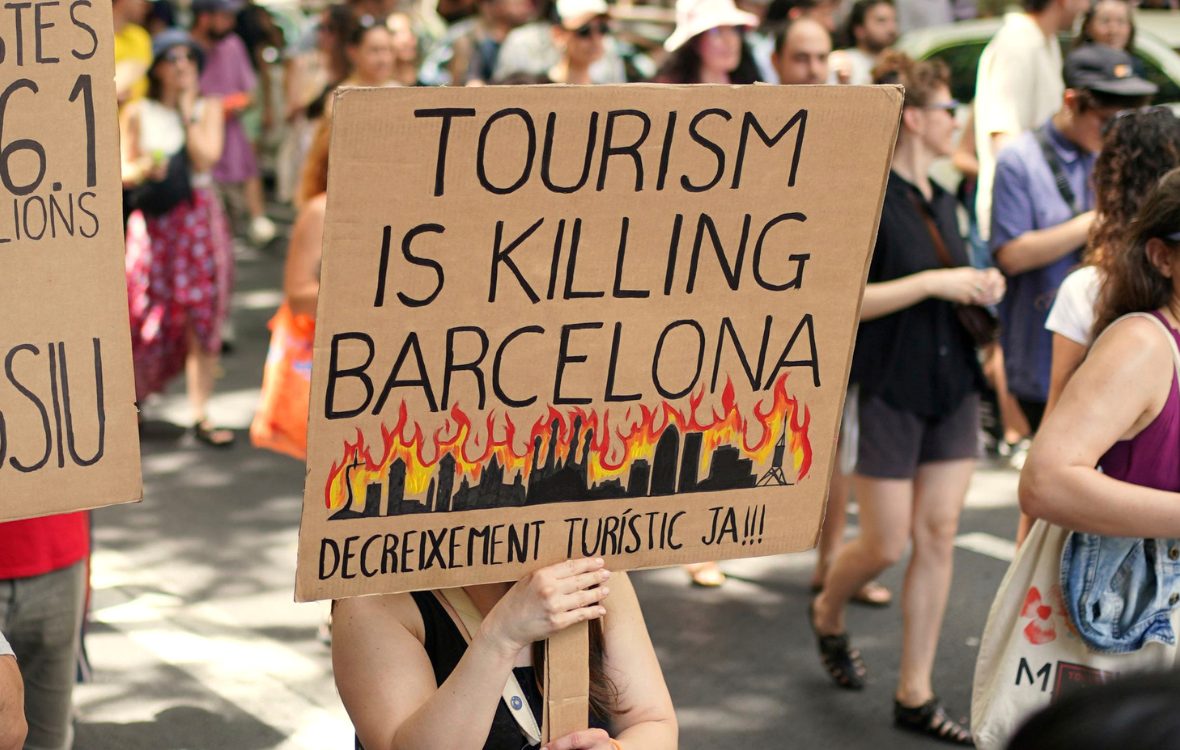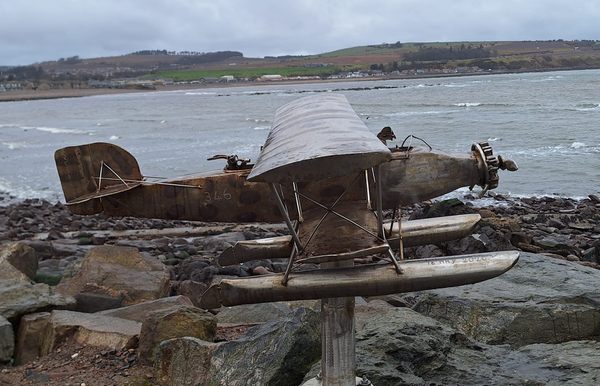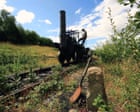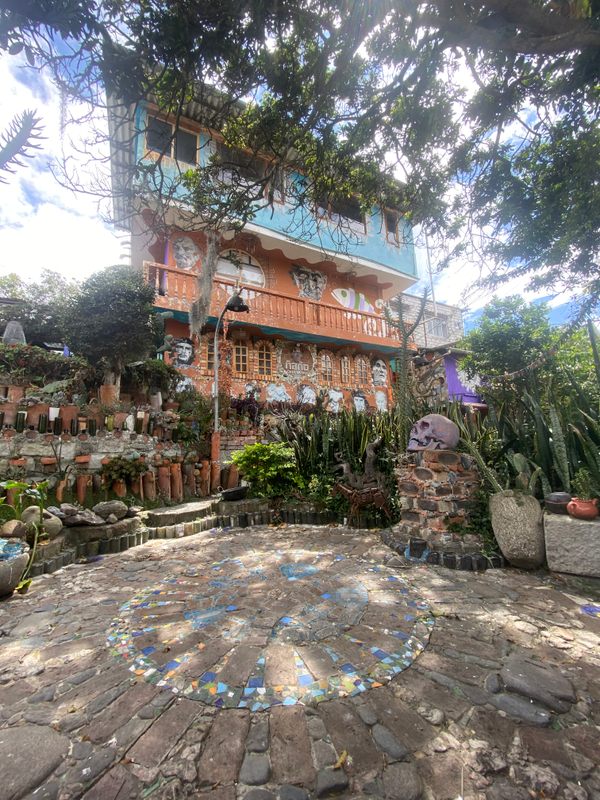Dear Atlas: Where Can I Explore Witch History Without the Kitsch?
Dear Atlas is Atlas Obscura’s travel advice column, answering the questions you won’t find in traditional guidebooks. Have a question for our experts? Submit it here. * * * Dear Atlas, I’m lowkey obsessed with paranormal happenings and witch trials, but I’ve been disappointed by a lot of the museums dedicated to them. Most of them feel more like glorified Halloween gift shops. Is it possible to do a “witch tourism” trip that’s more historical than kitschy? History is full of witches. In ancient Egypt, priests were believed to have the power to animate wax figures and move the waters of vast lakes. In The Odyssey, the powerful sorceress Circe uses potions to turn Odysseus’ crew into pigs. In 14th-century England, the magician John of Nottingham stood trial for stabbing a wax effigy to kill a man. Across time, humans have woven stories about magic and witches in just about every corner of the globe. However, some places are more closely tied to that history, such as Scotland; Germany; and Salem, Massachusetts. While some museums and tours capitalize on that history with a large amount of kitsch, others approach it with careful research and consideration. Here are some of the best places to learn about the history of witchcraft firsthand—sans pointy hats. Massachusetts If anyone mentions Salem today, it immediately conjures images of the 1692 witch trials that enraptured a small Puritan community. A short drive from Boston, modern Salem is full of witch tchotchkes and potion shops. But what many people don’t know is that Abigail Williams, Rebecca Nurse, John Proctor, and most of the people tried for witchcraft in 1692 didn’t live in Salem. They lived in nearby Danvers, where many of their homes and businesses still stand. Away from the crowds and tourists of Salem, visitors can explore the foundation of the Salem Village Parsonage, where 11-year-old Abigail Williams and nine-year-old Betty Parris started having fits and making witchcraft accusations. The Rebecca Nurse Homestead carefully preserves the home where 71-year-old Rebecca Nurse lived with her husband, Francis, before her execution for witchcraft: Her grave is also located on the property. Other sites connected to the trials, such as Edward and Sarah Bishop’s home, Ingersoll’s Ordinary, and Sarah Osborne’s home, are also in Danvers. The 1692 Salem Witch Museum has a detailed list of all the places associated with the trials on its website. Scotland In the 1590s, King James VI (later James I of England) became obsessed with witches, convinced that a malicious coven had conjured a storm to kill his Danish bride. In 1597, he published Daemonologie, a treatise on witchcraft and demons that endorsed the hunting and killing of witches. From the late 16th century until the 18th century, some 3,837 people were accused of witchcraft in Scotland. That history, alongside modern depictions of Scotland’s witch trials in TV shows, such as Mayfair Witches and Outlander, has transformed Scotland into a hub for witch tourism. Across Scotland, many Witches Stones commemorate the execution sites of the men and women falsely convicted of witchcraft, such as in Forres and Dornoch. In her book Ashes and Stones: A Journey Through Scotland in Search of Women Hunted as Witches, writer Allyson Shaw visits and documents many of those Witches Stones, charting a journey others could follow to the sites. In Edinburgh, the Surgeons’ Hall Museums examines the history of female healers and midwives, who often stood accused of witchcraft. The Edinburgh Castle Esplanade also served as the city’s main execution site. Today, a memorial fountain known as the Witches Well commemorates the hundreds of accused witches killed at the site. Germany “About half of all the women and men ever executed for witchcraft were German,” writes historian Johannes Dillinger in The Routledge History of Witchcraft. Between the late 15th and 17th centuries, almost 25,000 people were killed. Today, Germany is full of sites and museums dedicated to exploring this dark chapter. Many towns refer to medieval prisons as Witch Towers, or Hexenturm, such as in Jülich, Fulda, Gelnhausen, and Heidelberg. Hiking trails in Sankt Andreasberg lead to two stone formations known as Teufelskanzel (which translates to the “devil’s pulpit”) and Hexenaltar (the “witches’ altar”). In the small northwestern town of Lemgo, a 16th-century townhouse known as Hexenbürgermeisterhaus (“witch mayor’s house”) still stands where an infamous witch hunter, Hermann Cothmann, lived and worked. In Würzburg, where one of the largest witch trials ever occurred, visitors can still see the Grafeneckart, Würzburg’s former town hall, where many accused were imprisoned between 1625 and 1631 during the height of the witch trials there. * * * Sarah Durn is a bestselling author and journalist. A former Atlas Obscura staff editor, she regularly contributes to the New York Times, National Geographic, Smithsonian, Wired, Gizmodo, Culture
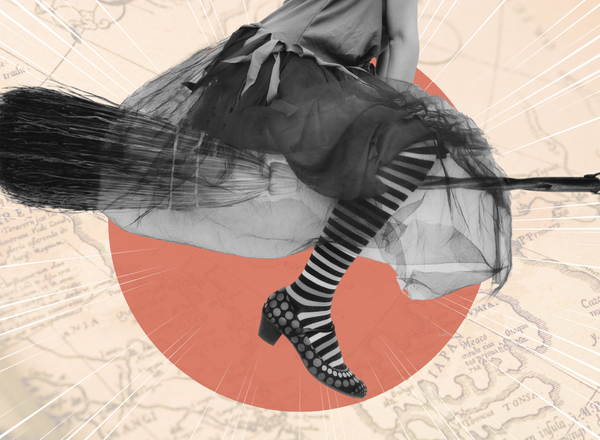
Dear Atlas is Atlas Obscura’s travel advice column, answering the questions you won’t find in traditional guidebooks. Have a question for our experts? Submit it here.
* * *
Dear Atlas,
I’m lowkey obsessed with paranormal happenings and witch trials, but I’ve been disappointed by a lot of the museums dedicated to them. Most of them feel more like glorified Halloween gift shops. Is it possible to do a “witch tourism” trip that’s more historical than kitschy?
History is full of witches. In ancient Egypt, priests were believed to have the power to animate wax figures and move the waters of vast lakes. In The Odyssey, the powerful sorceress Circe uses potions to turn Odysseus’ crew into pigs. In 14th-century England, the magician John of Nottingham stood trial for stabbing a wax effigy to kill a man.
Across time, humans have woven stories about magic and witches in just about every corner of the globe. However, some places are more closely tied to that history, such as Scotland; Germany; and Salem, Massachusetts. While some museums and tours capitalize on that history with a large amount of kitsch, others approach it with careful research and consideration. Here are some of the best places to learn about the history of witchcraft firsthand—sans pointy hats.
Massachusetts
If anyone mentions Salem today, it immediately conjures images of the 1692 witch trials that enraptured a small Puritan community. A short drive from Boston, modern Salem is full of witch tchotchkes and potion shops. But what many people don’t know is that Abigail Williams, Rebecca Nurse, John Proctor, and most of the people tried for witchcraft in 1692 didn’t live in Salem. They lived in nearby Danvers, where many of their homes and businesses still stand.
Away from the crowds and tourists of Salem, visitors can explore the foundation of the Salem Village Parsonage, where 11-year-old Abigail Williams and nine-year-old Betty Parris started having fits and making witchcraft accusations. The Rebecca Nurse Homestead carefully preserves the home where 71-year-old Rebecca Nurse lived with her husband, Francis, before her execution for witchcraft: Her grave is also located on the property. Other sites connected to the trials, such as Edward and Sarah Bishop’s home, Ingersoll’s Ordinary, and Sarah Osborne’s home, are also in Danvers. The 1692 Salem Witch Museum has a detailed list of all the places associated with the trials on its website.
Scotland
In the 1590s, King James VI (later James I of England) became obsessed with witches, convinced that a malicious coven had conjured a storm to kill his Danish bride. In 1597, he published Daemonologie, a treatise on witchcraft and demons that endorsed the hunting and killing of witches. From the late 16th century until the 18th century, some 3,837 people were accused of witchcraft in Scotland. That history, alongside modern depictions of Scotland’s witch trials in TV shows, such as Mayfair Witches and Outlander, has transformed Scotland into a hub for witch tourism.
Across Scotland, many Witches Stones commemorate the execution sites of the men and women falsely convicted of witchcraft, such as in Forres and Dornoch. In her book Ashes and Stones: A Journey Through Scotland in Search of Women Hunted as Witches, writer Allyson Shaw visits and documents many of those Witches Stones, charting a journey others could follow to the sites. In Edinburgh, the Surgeons’ Hall Museums examines the history of female healers and midwives, who often stood accused of witchcraft. The Edinburgh Castle Esplanade also served as the city’s main execution site. Today, a memorial fountain known as the Witches Well commemorates the hundreds of accused witches killed at the site.
Germany
“About half of all the women and men ever executed for witchcraft were German,” writes historian Johannes Dillinger in The Routledge History of Witchcraft. Between the late 15th and 17th centuries, almost 25,000 people were killed. Today, Germany is full of sites and museums dedicated to exploring this dark chapter. Many towns refer to medieval prisons as Witch Towers, or Hexenturm, such as in Jülich, Fulda, Gelnhausen, and Heidelberg.
Hiking trails in Sankt Andreasberg lead to two stone formations known as Teufelskanzel (which translates to the “devil’s pulpit”) and Hexenaltar (the “witches’ altar”). In the small northwestern town of Lemgo, a 16th-century townhouse known as Hexenbürgermeisterhaus (“witch mayor’s house”) still stands where an infamous witch hunter, Hermann Cothmann, lived and worked. In Würzburg, where one of the largest witch trials ever occurred, visitors can still see the Grafeneckart, Würzburg’s former town hall, where many accused were imprisoned between 1625 and 1631 during the height of the witch trials there.
* * *
Sarah Durn is a bestselling author and journalist. A former Atlas Obscura staff editor, she regularly contributes to the New York Times, National Geographic, Smithsonian, Wired, Gizmodo, Culture Trip, Mental Floss, and the AV Club, among others. Her book The Beginner's Guide to Alchemy, published by Rockridge Press in May of 2020, has garnered more than a thousand five-star reviews on Amazon and was a #1 new release on the site. A lifelong traveler, she has called India, Ireland, South Africa, and Japan home. Though her wanderlust keeps her moving, she currently lives in New Orleans.











































































